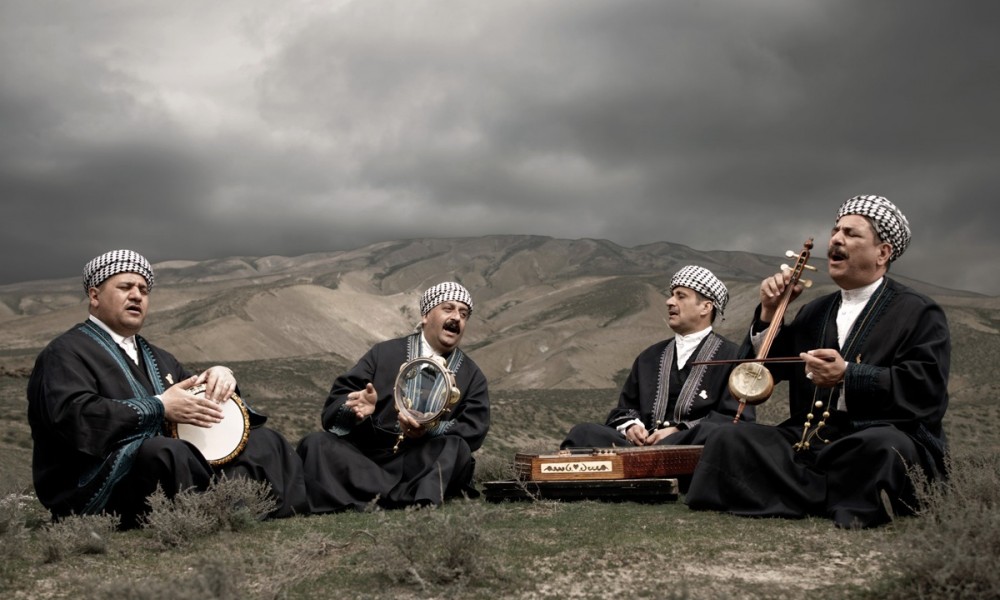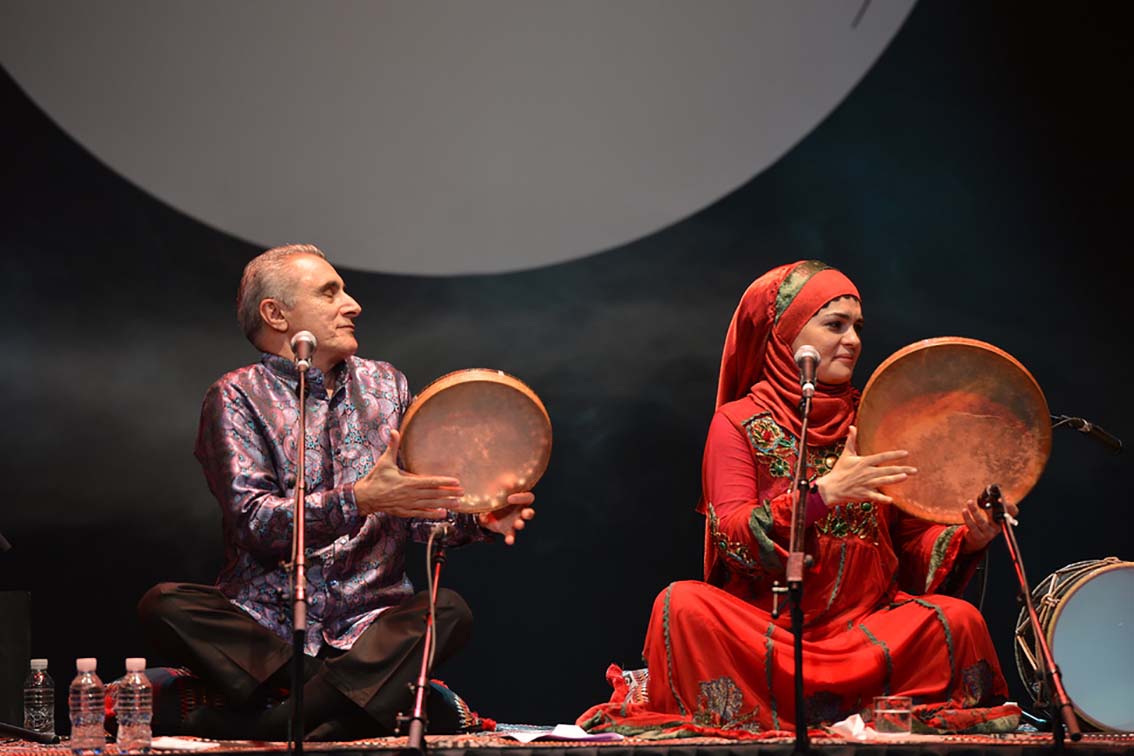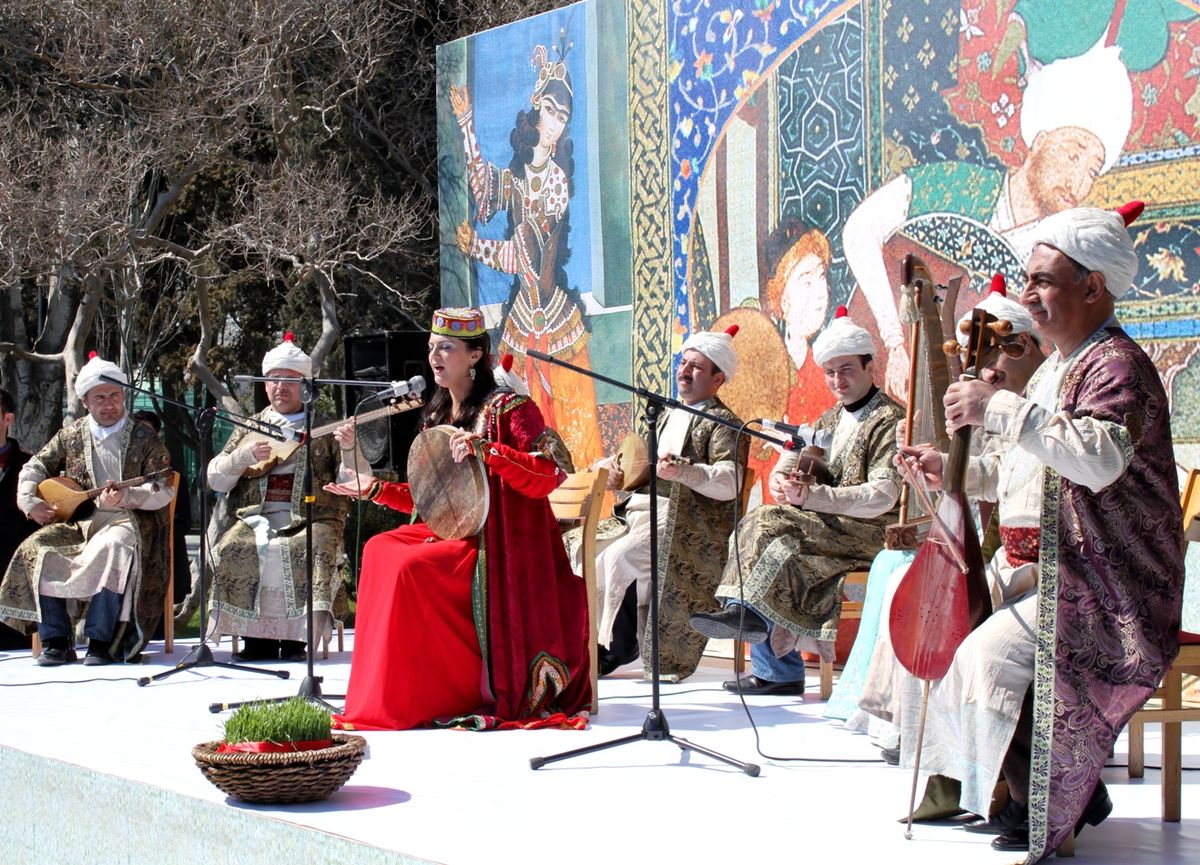Divine mugham: the music of Azerbaijan

OUTLOOK will tell about this unique style of music.
…God and devil once argued whose followers might have become stronger. Angel Jabrail who was incredibly beautiful had not been aware of the evil intentions. He came to the mysterious kingdom where ordeal started. Actually, he had to go through the special challenge to belief. That’s why he took the Prophet Muhammed with him. Coming closer to the gates of the kingdom, Angel knocked and heard a question: ‘Who are you?’ He knew that on the opposite side the representatives of evil forces could live. So, he responded: ‘You are who you are while I am who I am’. His wings were overwhelmed with the ruthless fire, and Angel fell down. He did not understand why he dropped. Again, he pulled himself up, speeded up and turned to stay near the unfortunate gates. He was asked seven times who he was, and time and time he insisted on his own belonging to the angelic nature. The angel crashed down seven times. This is the plot of mugham, ancient Azerbaijan singing. The performer who has been singing this legend came to conclusion. When there is music of soul, the listener becomes the one being with musician. There is no division into ‘own’ and ‘strange’, ‘light’ and ‘dark’ anymore. The border between ‘you’ and ‘me’ is blurred. The world loses duality and gets an absolute ideal. Only the angel is able to come through ordeal who loses the limited personality in the boundless music. Photo caspiannews.com
Photo caspiannews.com
It is said that mugham has divine nature. This fact is approved in numerous legends that left traces in the theory of music. Being traditionally vocal or instrumental, mugham is divided into the following styles. Simai Shams has the energy of god Sun, being bright and sizzling like the accompanying deity. Mugham of Marduk is austere like the weapon of god of thunder and lightning. Even the most sophisticated listener could withstand the temptation of its performing. As for the melodies of Bayat Gajar mugham, they refer to the noble Turkic generation. It seems that the nobility and gracefulness are inherent to this genre.
Read also: Serpent Charmers: How to make a snake dance?
Even though historians convince that mugham harkens back to the Medieval Ages, several artefacts show even more ancient origination. For example, in one of the oldest preaching house (which transformed into the ruins) there are lines from the mugham. It is believed that Ziggurat (the building is called like that) appeared at the sunrise of civilization. It means that music penetrating its walls accompanied the prayers of ancient sages. Maybe, they articulated the recitative which afterwards was called as mugham: ‘The sea of fire is storming everywhere with the terrible crackle’. One way or another, the singers who perform mugham are well-known as hanende.
Azerbaijan symphonic mugam - LSO and Karabakh trio, conductor Yalchin Adigezalov from Liepaja Symphony Orchestra on Vimeo.
There were some schools of performers, and each of them differed with the extraordinary attitude towards the music. Baku, Samaxi, Naxcivan, and Susa heard the first shy performances of mugham. In these surroundings the singers hanende studied philosophical background which serves as the basis for Azerbaijan vocal tradition. They dealt with different genres included in the movement of mugham, set up connection with planets mulling over the Universal influence made on the human destiny. Each style was dedicated to the exact trait embodied in the planetary guise. For example, the gentle genre nava related to Moon, buselik tended to male energy of Mercury, passionate rast was dedicated to the fervent Venus, breath-taking arag applied to the Sun. The truculent ushshag praised Mars while harmonic zirefkend has traditionally been performed in the glory of Jupiter. The controversial rahavi talked about Saturn. Photo fr.wikipedia.org
Photo fr.wikipedia.org
Having defined the context, musicians chose instruments. Several loved trio consisting of tar, kyamancha and def. Other people opted for the trumpet-tongue orchestra. Also, there were someone who found it appropriate to use string (particularly, ud, tar, saz, and jam) with the rare inclusions of wind-instrument zil.
Mughams quite often were dedicated to the supernatural forces of nature or disasters. For instance, on some mugham the volcanic eruption is described: ‘The top of the mountain throws away lava with ashes. The reason of the disaster is in the absis. Ete El is languishing because of the breakage which Marduk considers as essential’. This lines contain the implication on the divine anger. Marduk is dissatisfied with the current state of affairs, that’s why people have to pay off for their deeds surviving in the disaster. The mythological view on life is typical for the ancient poetry while Azerbaijan culture has not become an exception. Photo img.day.az
Photo img.day.az
Mugham has traditionally been transferred from the teacher to the tutor. The lyrics have not been decoded. Everyone had an opportunity to add something from his imagination. Hanende created masterful images drawing surrealistic pictures: ‘suffocating dense dust, ground and stones in the shape of fire balls make up the flamy lava’, ‘the clouds of dust, then blistering stones and ground appear from nowhere. The burning river starts its flow’. So as to reach the necessary effect, the performer took the highest notes which he could. Due to the beautiful performance of the lyrics, the disaster touched in mughams seemed not so dreadful.
UNESCO added unique musical style of Azerbaijan in the list of non-material heritage masterpieces. They made emphasis on the fact that mugham is incredibly valuable for the human culture.
Cover photo dlmn.info





















